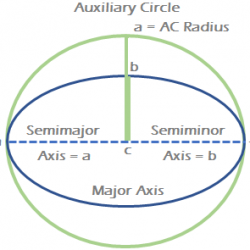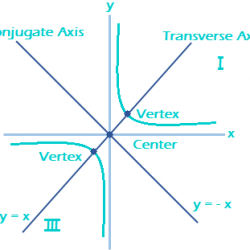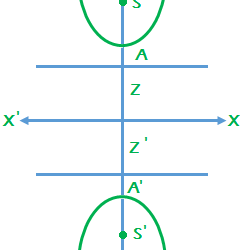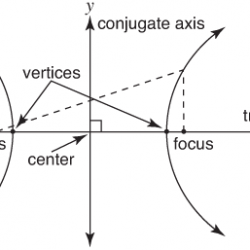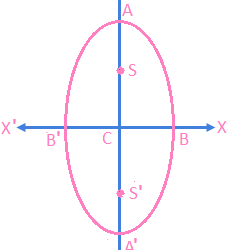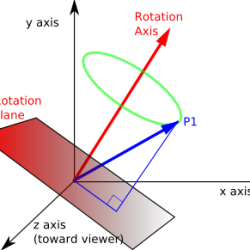Auxiliary Circle of an Ellipse
Auxiliary circle of an ellipse which is a circle described on the major axis of an ellipse as its diameter. Let the ellipse be … (1)Then the equation of its auxiliary circle is x² + y² = a² … (2) Take a point P(x₁, y₁) on (1). Through P, draw a line perpendicular to major axis intersecting major axis in N and auxiliary Read more about Auxiliary Circle of an Ellipse […]

